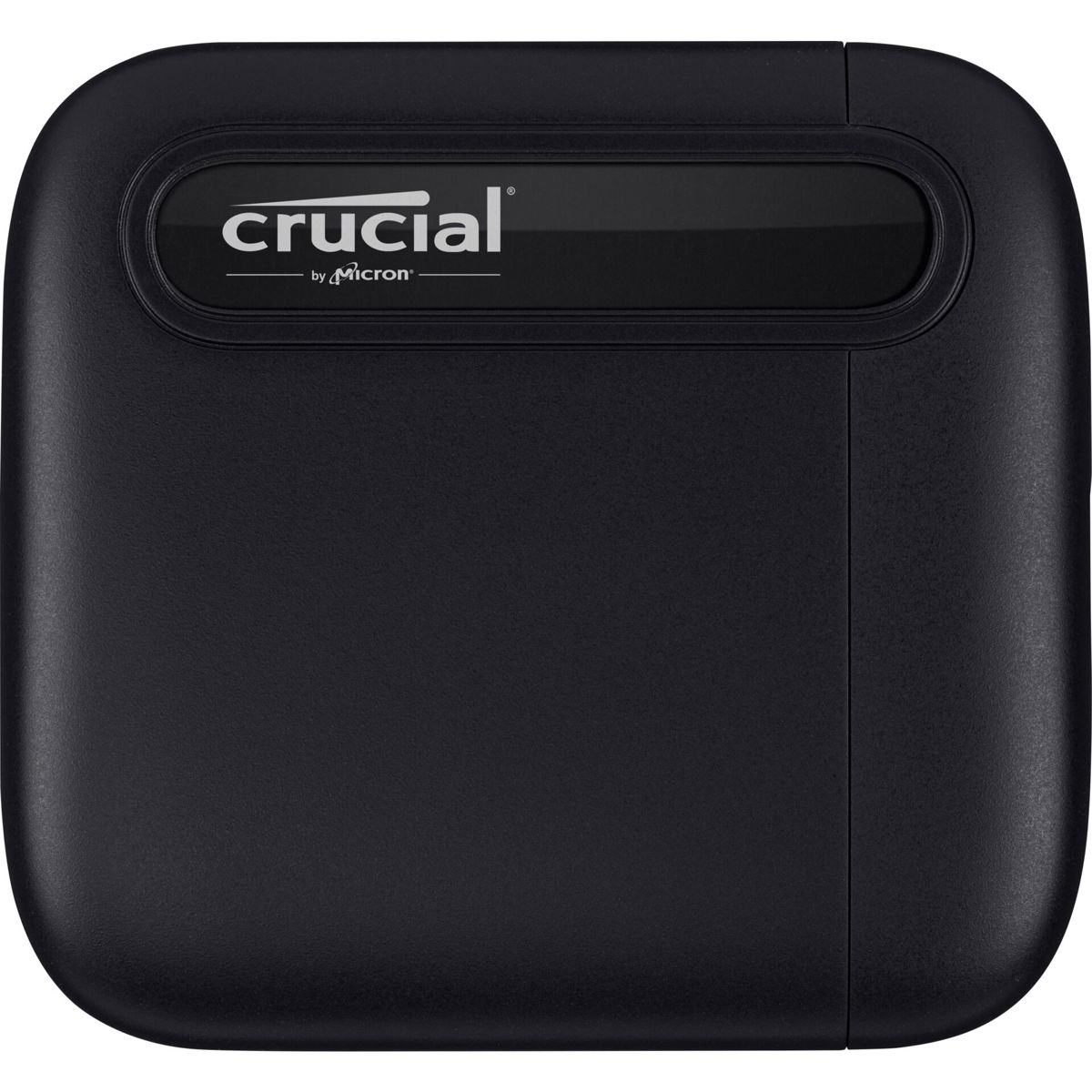Best Portable SSDs for Creative Professionals are crucial tools that empower creatives to store, transfer, and access their work with remarkable speed and reliability. In today’s fast-paced digital landscape, having a portable SSD can make all the difference, whether you’re a photographer, videographer, or designer. These devices not only provide the speed needed for large file transfers but also enhance workflow efficiency, allowing you to focus on what you do best—creating.
With a variety of options available, it is essential to understand the features that set these drives apart, from read and write speeds to durability and compatibility. As professionals demand more from their tech, the best portable SSDs have evolved to meet these needs, ensuring that every project is backed up and readily accessible, no matter where inspiration strikes.
In today’s fast-paced world, where technology and connectivity have become integral parts of our daily lives, the importance of effective communication cannot be overstated. Whether it’s in the workplace, at home, or within our social circles, how we convey our thoughts, ideas, and feelings can significantly influence our interactions and relationships. This article delves into the various aspects of communication, exploring its significance, types, barriers, and ways to enhance our communication skills.### The Significance of CommunicationCommunication serves as the cornerstone of human interaction.
It is through communication that we express our needs, share our thoughts, and build connections with others. Effective communication fosters understanding and collaboration, ensuring that everyone is on the same page. In a professional setting, clear communication is paramount. It helps avoid misunderstandings, enhances teamwork, and boosts productivity. On a personal level, good communication strengthens relationships, allowing individuals to express emotions and resolve conflicts amicably.### Types of CommunicationThere are several forms of communication, each playing a vital role in how we interact.
Here are the primary types:
1. Verbal Communication
This includes spoken and written words. Verbal communication is often the most direct way to convey a message. In professional environments, it encompasses presentations, meetings, and emails, while in personal settings, it includes conversations and text messages.
2. Non-Verbal Communication
Body language, facial expressions, gestures, and eye contact all fall under non-verbal communication. Often, what we do communicates more than what we say. For instance, a warm smile can convey friendliness, while crossed arms may suggest defensiveness.
3. Visual Communication
This involves the use of visual aids to convey information. Charts, graphs, images, and videos can enhance understanding and retention of information, especially in presentations and educational settings.
4. Listening
While often overlooked, listening is a critical component of communication. Active listening involves fully engaging with the speaker, understanding their message, and responding thoughtfully.### Barriers to Effective CommunicationDespite its importance, various barriers can hinder effective communication. Understanding these barriers is the first step toward overcoming them. Here are some common obstacles:
1. Physical Barriers
These include environmental factors such as noise, distance, and physical obstacles that can impede communication. In a workplace, for example, a noisy office can make it difficult to hear colleagues.
2. Language Barriers
Differences in language or jargon can create confusion. When people use complex terminology or speak in a language not understood by others, messages may not be accurately conveyed.
3. Emotional Barriers
Personal feelings, stress, and emotional states can affect how we communicate. When someone is upset or angry, they may have difficulty articulating their thoughts clearly.

4. Perceptual Barriers
Our perceptions and biases can influence how we interpret messages. If we have preconceived notions about a person, it may cloud our ability to understand their message objectively.### Enhancing Communication SkillsImproving communication skills requires conscious effort and practice. Here are some strategies to enhance your communication abilities:
1. Practice Active Listening
Focus on the speaker, maintain eye contact, and refrain from interrupting. Show that you are engaged by nodding and providing feedback. Paraphrasing what the speaker says can also demonstrate understanding.
2. Be Clear and Concise
Whether speaking or writing, aim for clarity. Use simple language and avoid jargon unless necessary. Organize your thoughts logically to ensure the listener or reader can follow along effortlessly.
3. Observe Non-Verbal Cues
Be aware of your own body language and that of others. Non-verbal cues can provide valuable context to the spoken message. For example, if someone’s body language contradicts their words, it may indicate discomfort or disagreement.
4. Ask Questions
Encourage dialogue by asking open-ended questions. This not only shows your interest but also helps clarify any ambiguities in the conversation.
5. Practice Empathy
Try to understand the feelings and perspectives of others. Empathy can bridge gaps in communication and foster a deeper connection.
6. Tailor Your Message
Adapt your communication style to suit your audience. Consider their background, knowledge level, and preferences to ensure your message resonates effectively.### ConclusionIn summary, communication is an essential skill that impacts all aspects of our lives. Understanding its significance, types, barriers, and ways to enhance our skills can lead to more meaningful interactions and relationships. By actively working on our communication abilities, we can create a positive environment both personally and professionally.
Remember, effective communication is not just about speaking; it’s about connecting, understanding, and fostering collaboration. As we navigate through our daily interactions, let’s strive to be clearer, more empathetic, and more engaged communicators.



